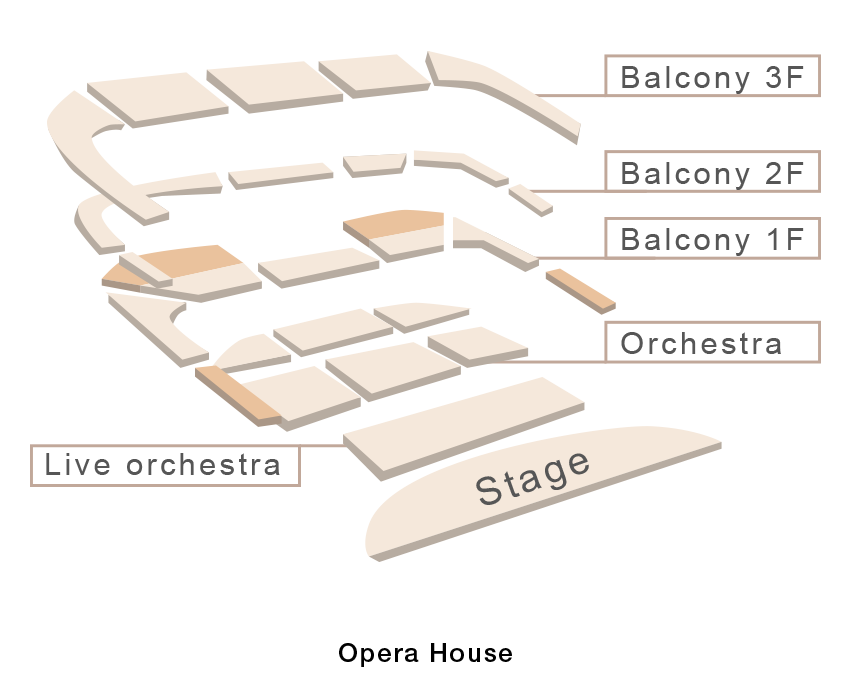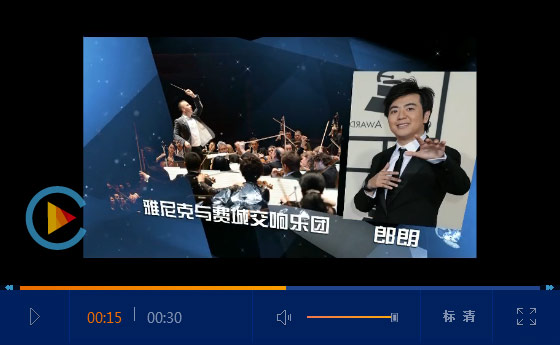7 Danses Grecques
Choreographer: Maurice Béjart
Music: Mikis Theodorakis
Album: Musique pour Bouzouki Solo et Orchestre
Director: Mikis Theodorakis
Performer: Lakis Karnesis
Record: Galata, Le Chant du Monde
Lighting Designer: Dominique Roman
Premiere: October 4th, 1983, City Center, New York
Revival: May 21st, 2014, Beaulieu Theatre, Lausanne
What we call "folklore" (I personally prefer the term "traditional arts") is always difficult to access and almost impossible to grasp, and whether it belongs to the tradition of a culture is not an advantage or a handicap. After all, our civilizations have alienated us from the traditional spirit to such an extent that it is difficult for us to comprehend the mental process that gave rise to this art in a very distant past.
Yet that is the key to the problem: to become the other and not to depict the other. Embrace creation through its inner line—its hidden strength which is understood in the roots of a people, an ethnic or cultural group and to minimize the use of obvious folkloric quotations.
In the case of dance, archaeological or popular reconstructions always have a stiff and pitiful aspect. It wavers between the museum and the music hall, boredom and the unnatural.
For "Greek dances", I tried to minimize borrowing from authentic Greek dance "steps". Some dances feature two or three of them; others none at all, and those are probably the most successful ones, the most Greek of them all!
I was working on a Mediterranean sequel called Thalassa when Theodorakis introduced me to this music. I welcomed it enthusiastically and it became the final chapter of the work.
Later, the number of dances was reduced from nine to seven and the choreography was reworked with mathematical rigor (some dances are composed like Bach's fugues) to become a ballet where Greece - according to the Greeks who have seen it - is all the more present even if the borrowings from its folklore are minimal and the costumes are bare, non-existent, like those that the dancers wear in the studio.
Adage pour deux
Choreographer: Maurice Béjart
Music: Ludwig van Beethoven
Album: Violin Sonatas Complete
Title: Violin Sonata in C Minor Op.30 - Adagio cantabile
Performers: Arthur Grumiaux (violin), Clara Haskil (piano)
Distribution: Brilliant Classics
Costumes Designer: Henri Davila
Lighting Designer: Lucas Borgeaud
The Firebird
Choreographer: Maurice Béjart
Music: Igor Stravinsky
Album: L’Oiseau de Feu
Title: L’Oiseau de Feu
Director: Bernard Haitink
Performer: Amsterdam Concertgebouw Orchestra
Distribution: Philips
Stage & Costumes Designers: Joëlle Roustan, Roger Bernard
Premiere: October 31st, 1970, Palais des Sports, Paris
The Firebird is the Phoenix, which rises from its ashes. Bird of life and joy, whose splendor and strength remain indestructible and impossible to tarnish.
In his interviews with Craft, Igor Stravinsky explained why he preferred to see the Orchestral Suite used for The Firebird rather than the full version of the ballet, which he rather openly spurned. From this point onward, the choice of a ballet that precisely follows the original partition seemed outmoded. What’s left is pure music, linked of course to a certain choreographic vision, but incapable of following the meanderings of a complicated scenario. So there is no question of replacing the synopsis with another, nor of transforming it. Let us try instead to release the emotion that runs through a succession of “numbers” of the reduced partition, by focusing on the two major elements that mark the creation: Stravinsky is a Russian musician; Stravinsky is a revolutionary musician.
Let dance itself be the abstract expression of these two elements always at present in the music. There is a deep Russian sentiment and a certain break from musical tradition, expressed through an unexpected rhythmic violence, which explains the negative reactions to the ballet at the time of its creation.
The Firebird is the Phoenix, which rises from its ashes.
The Poet, like the Revolutionary, is a Firebird.
Boléro
Choreographer: Maurice Béjart
Music: Maurice Ravel
Album: Boléro, La Valse, Rapsodie Espagnole, Alborada Del Gracioso
Title: Boléro
Director: Charles Dutoit
Performer: Orchestre Symphonique de Montréal
Record: DECCA
Stage & Costumes Designer: Maurice Béjart
Lighting Designer: Dominique Roman
Première: January 10th, 1961, Théâtre Royal de la Monnaie, Brussels, Ballet du XXe Siècle
“My Boléro,” commented Ravel, “has to stick in one’s head!”
More seriously, he explained:
“In 1928, upon request by Madame Rubinstein (Ida Rubinstein, the famous Russian actress and dancer), I composed a Bolero for an orchestra. This is a dance with a very moderate and continuously even movement, both due to its melody and to its harmony and rhythm. The rhythm is continuously marked by the drum. The element of diversity is added by the orchestral crescendo.”
Maurice Béjart described the creation of Ravel’s work in these terms: “Music that is too well-known and yet still fresh due to its simplicity. A melody (originally oriental and not Spanish) winds slowly around itself, increasing in volume and intensity, devouring the sound space and swallowing it up at the end of the melody.”
Without further describing a ballet that needs no introduction, let us simply point out that Maurice Béjart returns to the spirit of The Rite of Spring in a very different style. In this sense, unlike most artists who have illustrated Boléro choreographically before him, he spurns the easy choices of a picturesque exterior to simply – but so forcefully – express the essential.
Maurice Béjart gives the central role (The Melody) to a female and then a male dancer. The Rhythm is interpreted by a group of male dancers.
The above information, including performance times, lineups, programmes and ticket prices, are all subject to change without prior notice and for reference only.
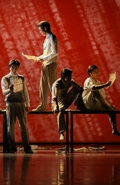 Repertoire
Repertoire
 Films
Films
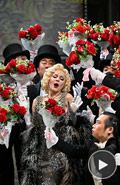 Videos
Videos
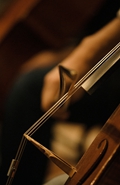 Podcast
Podcast
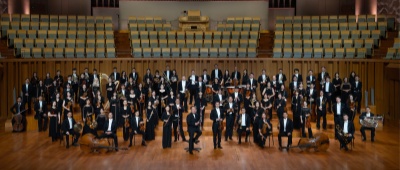 China NCPA Orchestra
China NCPA Orchestra
 China NCPA Chorus
China NCPA Chorus
 NCPA Resident Singers
NCPA Resident Singers
 NCPA Drama Ensemble
NCPA Drama Ensemble
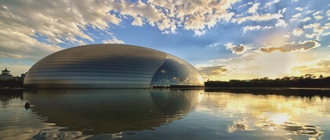 Buildings
Exhibitions
Buildings
Exhibitions
 Opening Hours
Services
Opening Hours
Services
 Western Cuisine
NCPA Café
Arts Gifts
Western Cuisine
NCPA Café
Arts Gifts








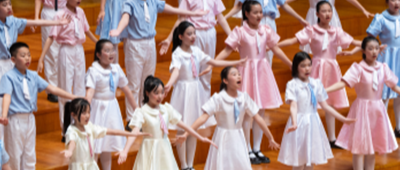
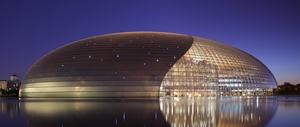
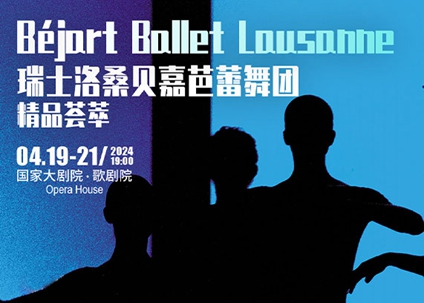




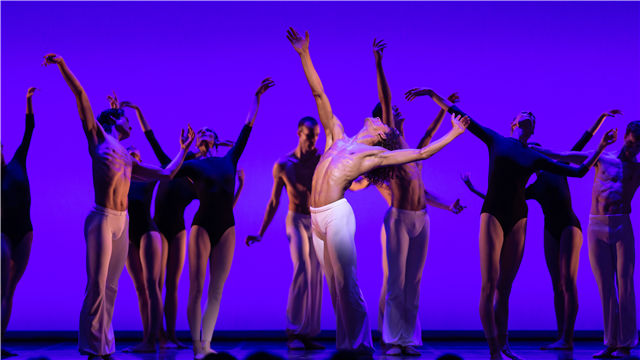
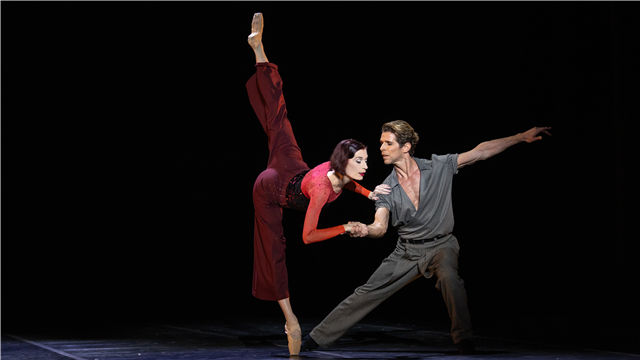
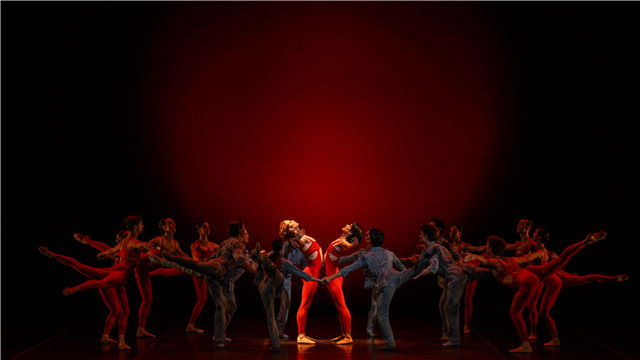
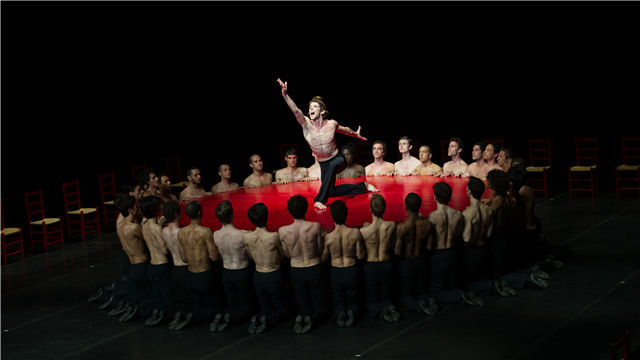
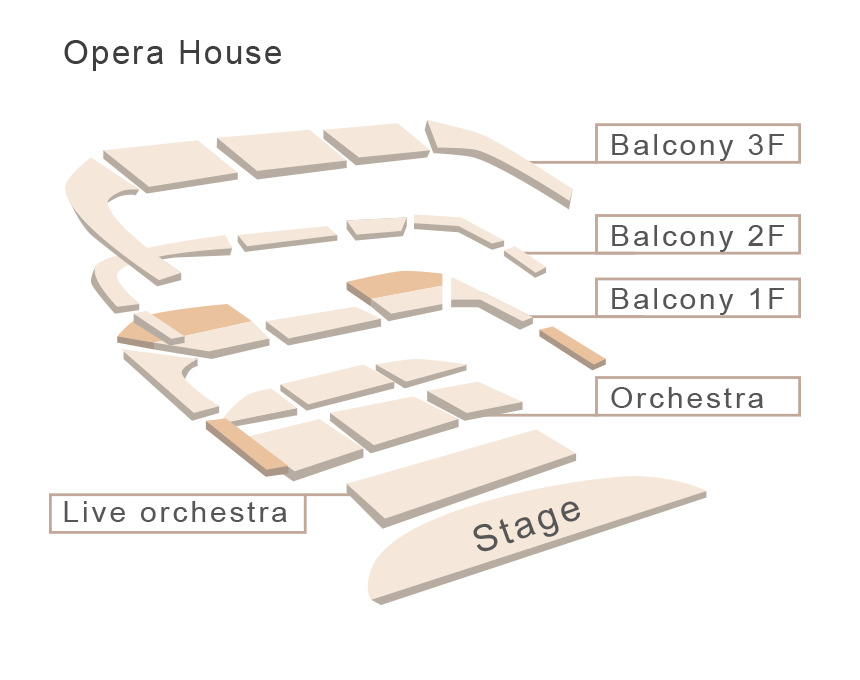 歌剧院
歌剧院
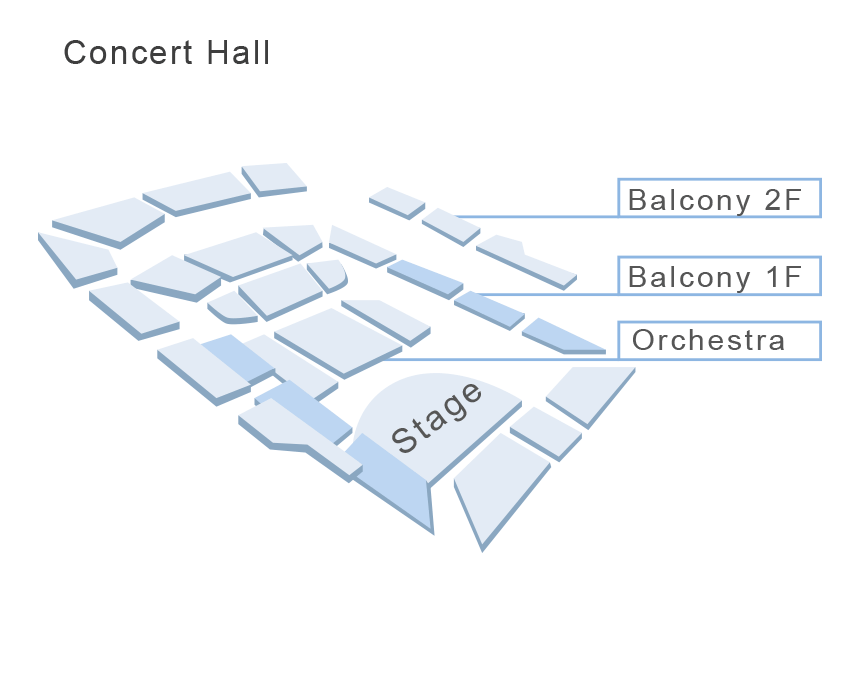 音乐厅
音乐厅
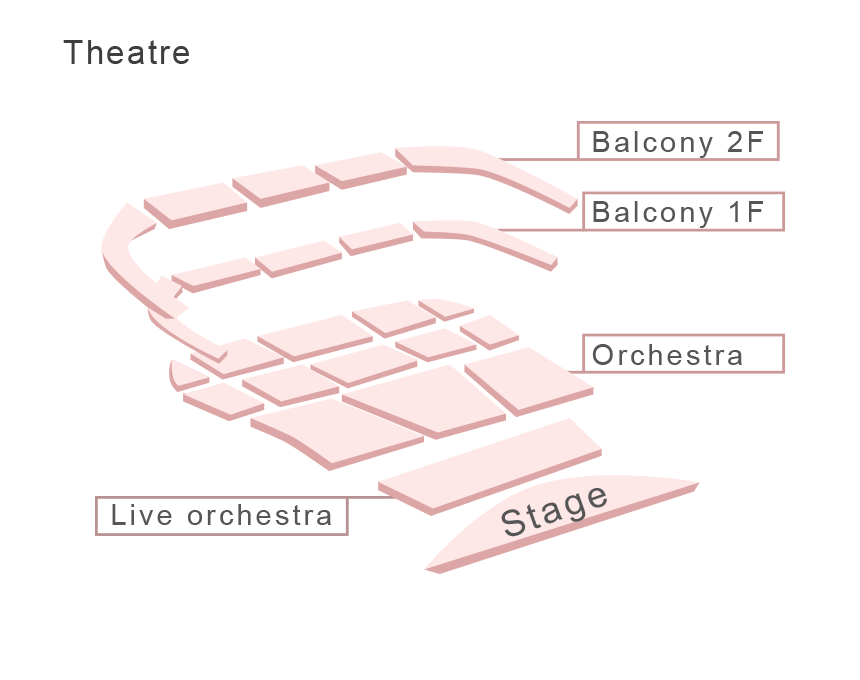 戏剧场
戏剧场
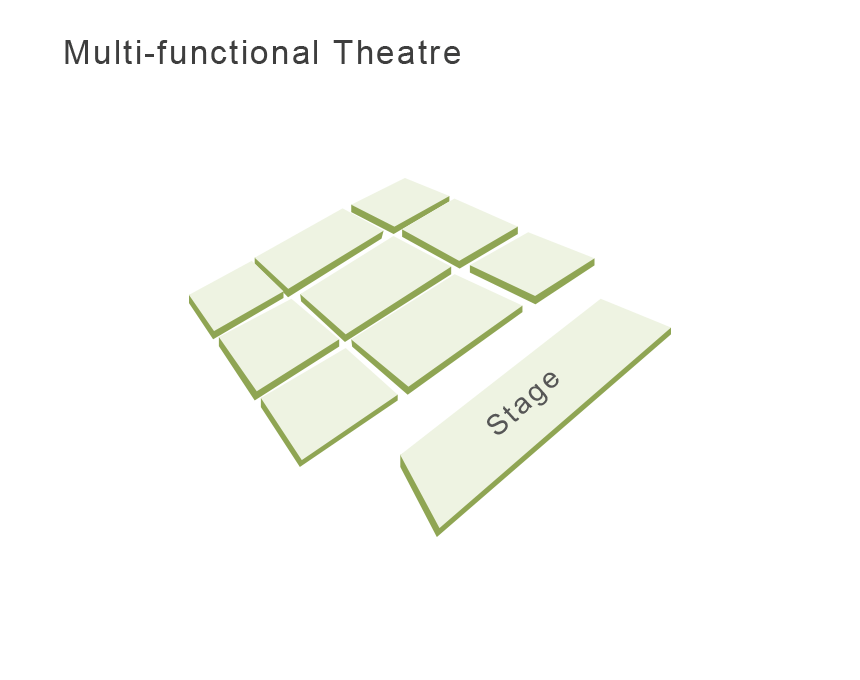 小剧场
小剧场












